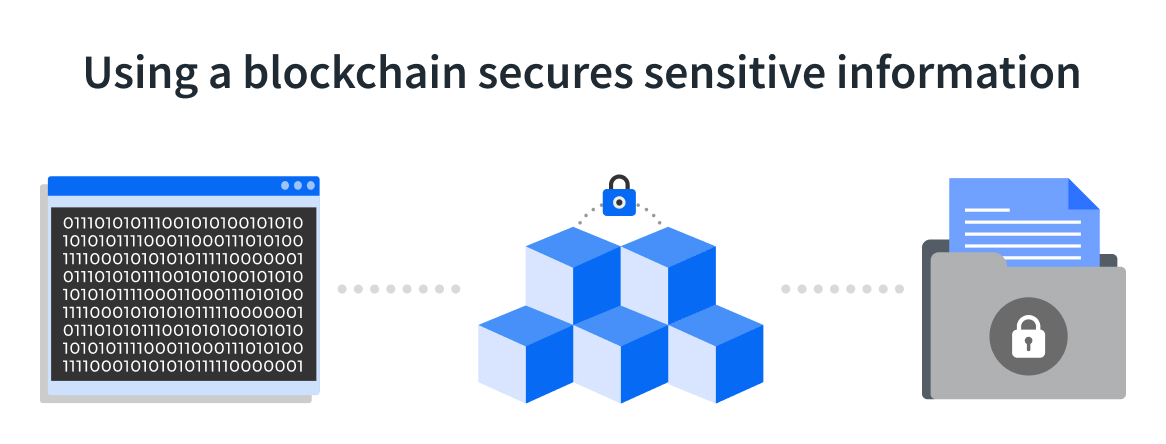Discover the Impact of Blockchain on Electrical Engineering
Discover the Impact of Blockchain on Electrical Engineering
Discover the Impact of Blockchain on Electrical Engineering
We should begin this discussion with a disclaimer. Blockchain, the distributed database technology frequently associated with cryptocurrency, is a quickly evolving area. From its initial applications in finance and banking, it has bloomed into science, healthcare, retail, and real estate.
Like artificial intelligence (AI), blockchain is not well understood by most people, but its presence and application in various disciplines is a frequent cause for discussion, sometimes positive and sometimes not. Blockchain is not AI, but you may see these two powerful technologies work together in the near future.
Due to its development velocity, news about blockchain applications and innovations changes daily, with many groups around the world vying for or fretting about the latest hot app. That means that today’s discussion may be tomorrow’s old news. So, we’ll try our best to be current. Enough said about that.
What is Blockchain – The Simple Basics
Blockchain is a digital technology that allows for a stored database or ledger to be shared among the nodes or connection points of a computer network. That in itself is nothing new. What is unique about blockchain is that, depending on the application, once data is entered into it, the data cannot be altered, a protected record of transactions is created, and the data is traceable, secure, and transparent.
In blockchain, programs known as scripts are used to enter, store, and access information. The information is entered into a block or cell. Once the dataset is entered into the block, the information it contains is encrypted by an algorithm, creating a hexadecimal number known as a hash. This hash is then entered into the next block header and encrypted along with the information in that block. This process creates a series of blocks chained together, hence the term - blockchain. If someone tries to change the information in an individual block, that block’s hash will change, which means that the hash in all subsequent blocks would also have to change to be verified, which would require massive computing power.
With blockchain, the information entered is distributed, meaning that multiple copies are saved on many machines throughout the network, and they all must match for the information to be valid. This means that control is collectively retained by all users, allowing for increased security and transparent transactions. Blocks are also time-stamped and stored chronologically, meaning a timeline is automatically created to enable tracking of events.
Using blockchain can make the datasets used by virtually any industry or organization immutable or unable to be altered. Trust is only needed at the point where the information is initially entered.

How is Blockchain Being Put to Work
Due to its security and traceability features, applications using blockchain are being explored and adopted beyond the digital currency arena to aid in situations that require the secure sharing and tracking of data between multiple organizations. Some (but not all) examples include:
- Customs clearance for shipping of goods
- Smart contracts for the legal and retail sectors
- Transference and protection of intellectual property
- National and regional voting systems
- Asset management for financial securities
- Secure medical and health records
- Clinical trial drug research
- Secure property transactions and records
- Cyber security
- Insurance claims tracking & verification
- Protecting intellectual property (and royalties) in AI content generation

Blockchain Uses in Electrical Engineering
As you well know, product design, engineering, and development are endeavors that make constant use of varied databases, both public and proprietary. In the process, information gets moved, shared, and filed for future use in audit trails. Design and manufacturing outcomes in electrical and electronic engineering depend on reliable and authentic products, supply chains, and secure product sourcing.
Some of the areas where blockchain technology will complement the design and procurement cycle in products with electrical and electronic content are:
- Supply chain management, tracing and integrity
- Improved component customs clearance times
- Counterfeit component avoidance in inventory management
- Aid in regulatory compliance and reporting
- Secure sharing and tracking of large engineering databases
- Verification of critical part supplies
- Verifying and tracking data on part quality
- Allowing safe proprietary data sharing between diverse suppliers
- Allocation of scarce resources
- The Internet of Things
Our friends over at CircuitBread.com are tracking the developments with the use of blockchain technology in engineering and evaluating the information needs in this area for their many users. You can read their initial take on the subject of blockchain at www.circuitbread.com.
A Brief Example
Aerospace companies are increasingly using digital twin and digital thread technology to manage the design and production of new airplanes. A digital thread is a data and communications framework that connects the data elements of a product’s lifecycle from design to manufacturing and beyond. This enables efficient data collaboration among the many lifecycle participants but requires the sharing of often proprietary and critical databases. Integrating blockchain technology into this process could enable secure sharing, enhance trust among the companies involved, and improve outcomes.
Summary
Blockchain is a somewhat elegant solution to the diverse problem of data security and verification across many users. It offers enhanced security, failure resistance, resilience, trust, traceability, and cost-effectiveness. It has challenges, however, including high computational requirements, slow transaction speeds as the network grows, compatibility with legacy systems, and high costs to implement.
For engineering, however, blockchain technology can allow the integration of diverse outside data assets into a development cycle, while allowing for security and protection of proprietary intellectual property. Depending on the size of the project, these abilities can improve development times, increase efficiencies, and lead to a better product. The question you should consider asking is, how can blockchain work for me?
